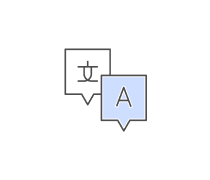Comprehension Questions: Looking For A Home
- CCSS.ELA-LITERACY.RL
2.
We’ll put your name on your report, certificate, and leaderboard.










 Back to top
Back to top






